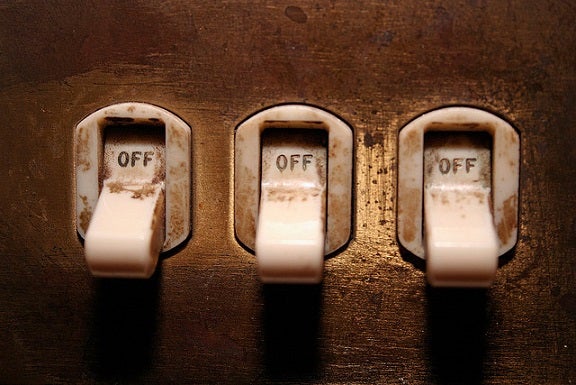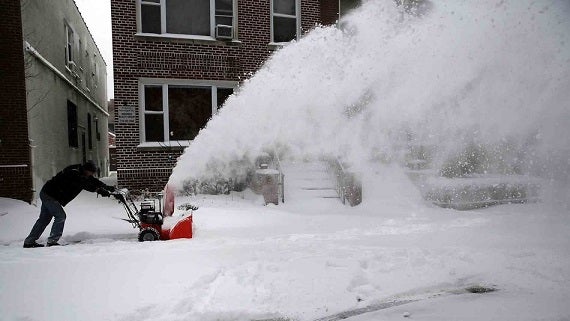Like many relationships, the one between utilities and their customers can be complicated. Sure, they’ve been together for decades, but no longer are customers satisfied with a distant, disengaged power company selling them more and more megawatts.
As the utility business model evolves into one based on diverse energy services, utilities must find ways to prioritize and improve their customer relationships if they hope to thrive in the new energy economy.
What do customers really want?
It doesn’t take years of market research to discover that utility customers enjoy saving money. But just as important as a low price for power – if not more so – is a genuine feeling of power. Just ask Dr. Philip Lewis of global energy think-tank VassaETT, who has researched the subject for years. His findings show that customers want to be in control of their energy behavior. They want market transparency and predictable rewards for their choices. The bottom line, says Lewis, is that customers want to feel like equals with their electricity suppliers, not captives. Read More















